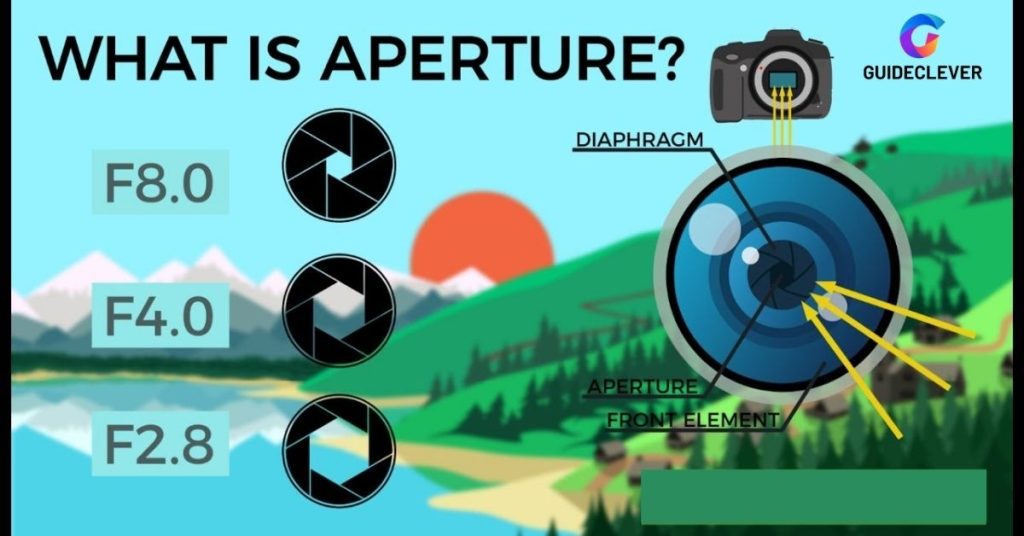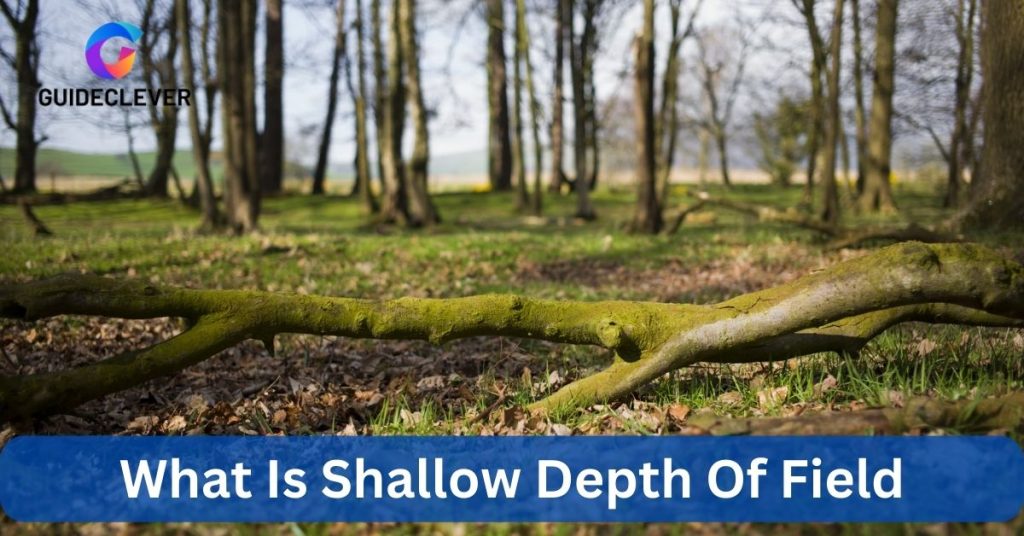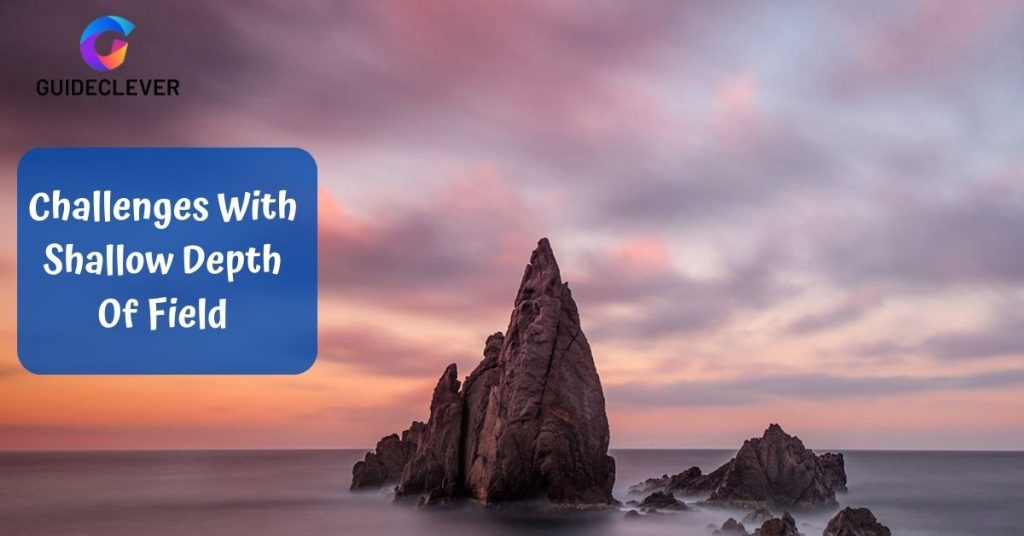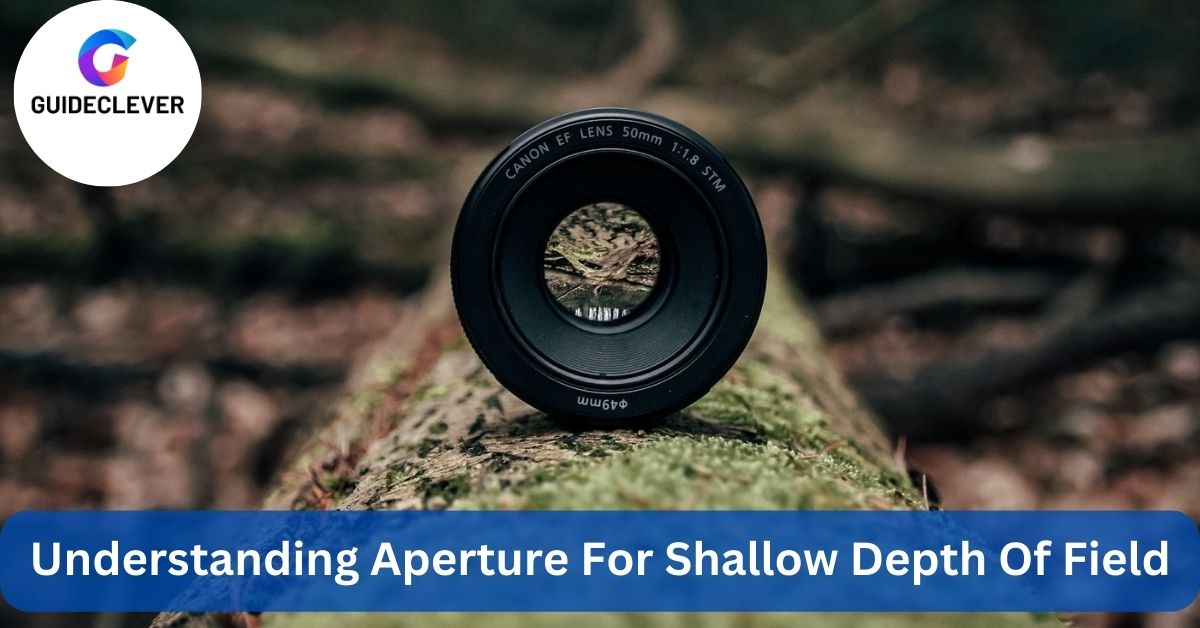Aperture, also called the “eye” of a camera, is important in photography. It lets photographers be creative with their images. A lot of people are interested in adjusting the Aperture for Shallow Depth of Field.
Photographers use Aperture to make a subject stand out or create a dreamy ambiance. They do this by creating a Shallow Depth of Field.” Artistic photographers use this technique to make subjects stand out. They create beautiful images with blurry backgrounds.
In this exploration, we delve into the aperture and its role in creating a blurry background. Also, provides photographic techniques that can transform ordinary scenes into captivating visual stories.
Contents
- 1 What Is Aperture?
- 2 Using Aperture for Shallow Depth of Field
- 3 Reason to Use Aperture for Shallow Depth and its Advantages
- 4 What Is Shallow Depth Of Field?
- 5 How To Control Depth Of Field
- 6 Successful Shallow Depth Of Field Photography
- 7 Challenges With Shallow Depth Of Field
- 8 How To Improve Your Focus
- 9 FAQ: Aperture For Shallow Depth Of Field
- 10 Final Thought
What Is Aperture?

The aperture is the size of the opening in a camera’s lens that lets light pass through. It is measured in f-stops, represented as “f/number”. The smaller the number, the wider the aperture, and vice versa.
A wide aperture (low f-stop) allows more light to enter the lens and create a shallow depth of field. A narrow aperture (high f-stop) allows less light to enter the lens and creates a deep depth of field.
Using Aperture for Shallow Depth of Field
Shallow depth of field is often used to create beautiful, dreamy images that draw attention to the subject. To make this happen. A wide aperture (low f-stop) is required. This will allow more light into the lens and create a shallow DOF.
You can also adjust your camera’s ISO and shutter speed settings. To further control the light entering your camera and create a narrow depth of field that is more noticeable. It’s important that the larger the aperture.
The lower ISO and faster shutter speed settings must be used. Ways to use an aperture for shallow depth of field are discussed below.
Reason to Use Aperture for Shallow Depth and its Advantages
here’s a table outlining the reasons for using aperture for shallow depth of field and its advantages:
| #SL | Reason to Use Aperture for Shallow Depth | Advantages of Using Aperture for Shallow Depth |
|---|---|---|
| 1 | Creative Control: Aperture allows you to control the amount of background blur, enabling you to isolate subjects and emphasize details. | 1. Subject Isolation: Achieve a professional and aesthetically pleasing separation between your subject and the background, making your subject stand out. 2. Emphasize Details: Draw attention to specific elements in your composition, such as a person’s eyes or a small object, by blurring distracting backgrounds. 3. Artistic Expression: Use shallow depth to create a dreamy or ethereal mood in your photos, conveying emotions and storytelling. |
| 2 | Low-Light Performance: Wide apertures (e.g., f/1.8) allow more light into the camera, making them ideal for low-light conditions. | 1. Low-Light Photography: Capture sharp and well-exposed images in dimly lit environments without the need for a flash. 2. Higher Shutter Speeds: Achieve faster shutter speeds, reducing the risk of motion blur when photographing moving subjects in low light. |
| 3 | Versatility: Aperture adjustments offer flexibility for different photography styles and subjects. | 1. Portraiture: Create creamy backgrounds (bokeh) that make your subjects pop in portrait photography. 2. Macro Photography: Focus on small details in macro photography while blurring distracting elements. 3. Landscape Photography: Use a smaller aperture for greater depth of field to capture landscapes in sharp detail. |
| 4 | Artistic Choice: Shallow depth of field is a creative choice that adds depth, dimension, and visual interest to your photos. | 1. Visual Storytelling: Convey narratives and emotions through selective focus, enhancing the impact of your images. 2. Unique Style: Develop your unique photography style and signature look by incorporating shallow depth creatively. 3. Professional Quality: Elevate the quality of your photography, making your work more visually appealing and marketable. |
Using aperture for shallow depth of field can greatly enhance your photography by giving you artistic control, improving low-light performance, offering versatility, and allowing you to express your unique style.
What Is Shallow Depth Of Field?

Shallow depth of field is a photographic effect that can create stunning images. It separates the main subject from the background. Making it stand out in sharp contrast. You must use a wide aperture (low f-stop) to create this effect.
The bigger aperture produces the shallow DOF, which lets more light into the lens. This will blur any background elements. Making the main subject stand out.
Additionally, you can adjust your ISO and shutter speed settings to control further. The amount of light entering your camera creates a narrow depth of field that is more noticeable. It’s important that the larger the aperture. A lower ISO and faster shutter speed must be used. Continue reading our post on how to control depth of field.
How To Control Depth Of Field
The depth of field (DOF) is the area in a photo that appears sharp and focused. Your camera’s aperture setting can be used to regulate DOF. The wider the aperture (low f-stop), the shallower the DOF. This means that only what’s close to the main subject will appear sharp. At the same time, the background elements become blurry.
So, a narrow aperture (high f-stop) will create a deep DOF in which both near and far objects will appear sharp. Additionally, you can adjust your ISO and shutter speed settings to control further. The amount of light entering your camera. Do you know whether Are Disposable Cameras Waterproof?
By using a wide aperture (low f-stop) and adjusting your ISO and shutter speed settings. You can separate the main subject from its background and create beautiful artistic images. With experience and training. You’ll soon become adept at taking these incredible pictures. Read on to learn what to do for successful shallow depth-of-field photography.
Successful Shallow Depth Of Field Photography
Shallow depth of field photography is a great way to create stunning images. By understanding how the aperture affects the DOF.
You can separate the main subject from its background and make it stand out in sharp contrast. To do this, use a wide aperture (low f-stop) and adjust your ISO and shutter speed settings to control further.
The amount of light entering your camera. With practice, you will soon become an expert at creating beautiful and artistic photos with shallow depth of field. Read on to learn how to tackle challenges with shallow depth of field easily.
Challenges With Shallow Depth Of Field

While shooting with a shallow depth of field can create stunning images. It also brings certain challenges. One of the main challenges is getting the focus right on your subject and avoiding camera shakes. To ensure that your subject is in sharp focus. Put your camera on a tripod or a solid surface.
Keep the shutter speed fast enough to avoid blur due to camera shakes. You will soon be able to handle these challenges and create beautiful shallow depth-of-field images. Read on to learn how to improve your focus.
How To Improve Your Focus
When shooting with a shallow depth of field, the focus is key. To guarantee that your subject is sharp. Use manual focusing and take your time to get the focus right. You can also use focus peaking or the magnify feature to further fine-tune the focus on your subject.
Additionally, Put your camera on a tripod or a solid surface. This will help you get the perfect focus and avoid camera shakes. With practice, you can take stunning images with shallow depth of field.
FAQ: Aperture For Shallow Depth Of Field
Q1. What lens gives a shallow depth of field?
Prime lenses with wide apertures, usually f/1.2 to f/2.8, often create shallow depth of field. These lenses let in more light, creating a blurry background with a narrow focus.
Q2. Will an aperture of f/16 give you a shallow depth of field?
No, an aperture of f/16 will not give you a shallow depth of field. In fact, f/16 represents a small aperture, which results in a greater depth of field. If you want to blur the background, use a wider aperture like f/2.8 or wider, depending on your lens.
Q3. What aperture or shutter speed is shallow depth of field?
Achieving a shallow depth of field primarily depends on the aperture setting. To achieve a shallow depth of field, you’ll typically want to use a wide aperture (e.g., f/1.8, f/2.8) to create a narrow plane of focus. Shutter speed doesn’t change depth of field, but it helps control exposure. To choose the right aperture, consider your lens, how far away your subject is, and the effect you want.
Final Thought
In photography, the aperture can blur the background and create many possibilities. Photographers can use it to create art, highlight subjects, and change ordinary scenes.
If you’re new to photography or want to improve, it’s crucial to grasp aperture and depth of field. It can give you more options and improve your skills.
Remember that practicing and experimenting are important when using this powerful tool. Grab your camera and delve into the intricacies of aperture.


